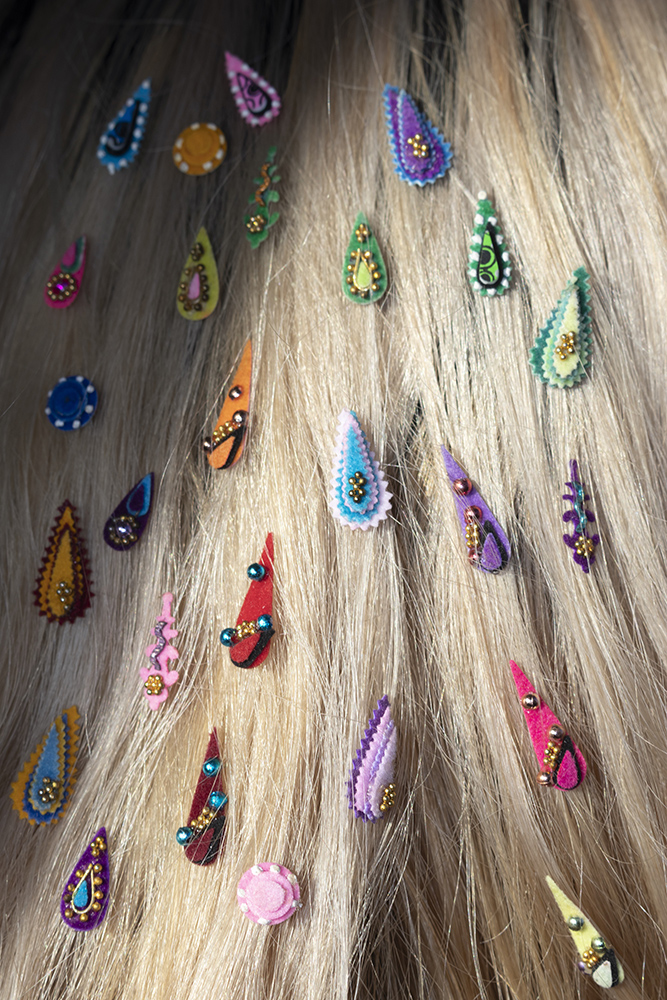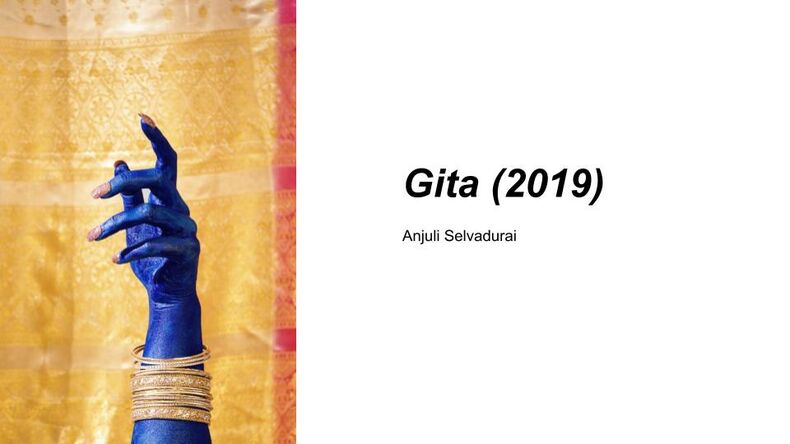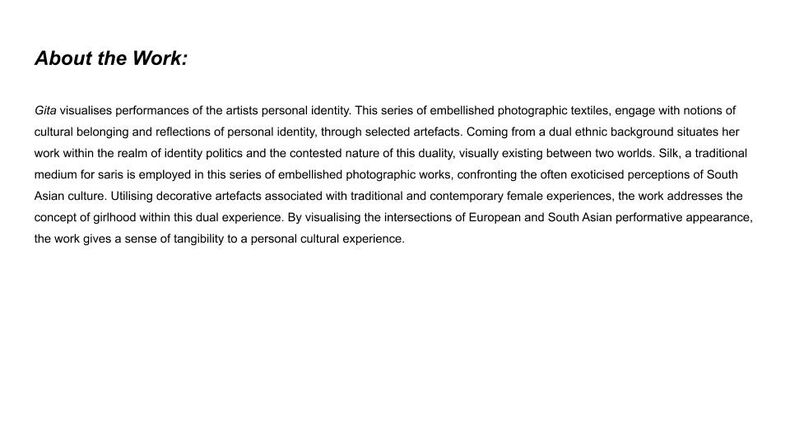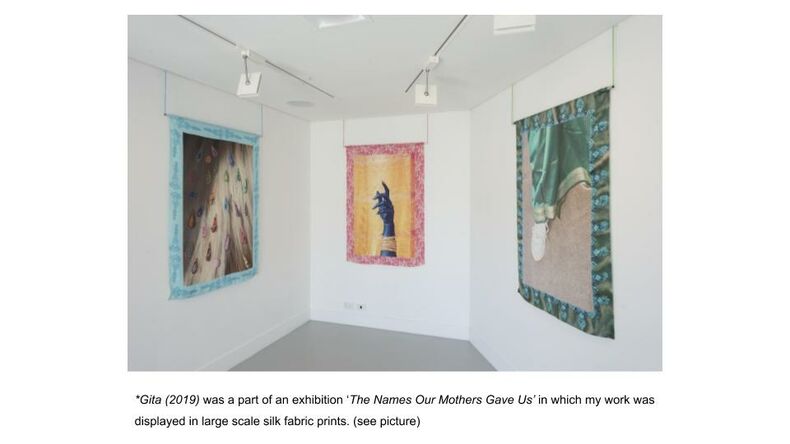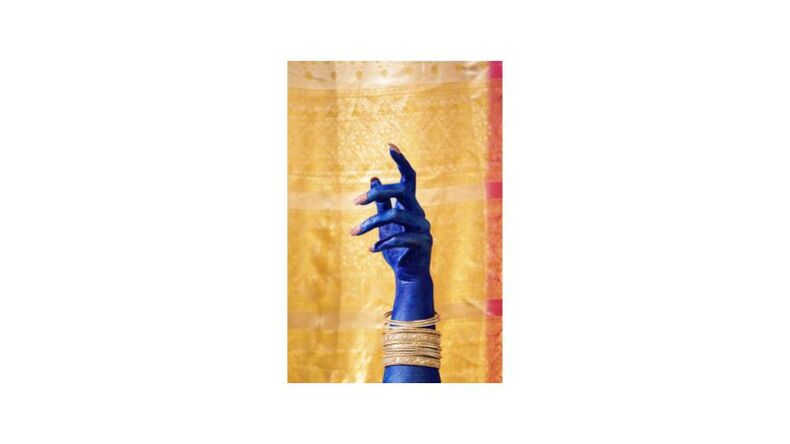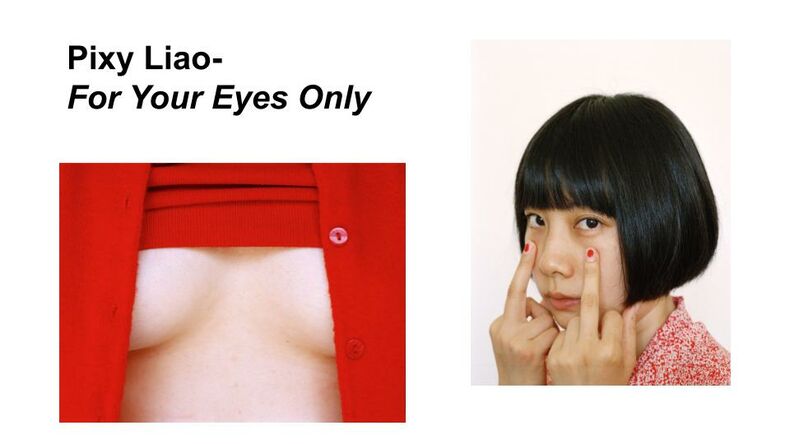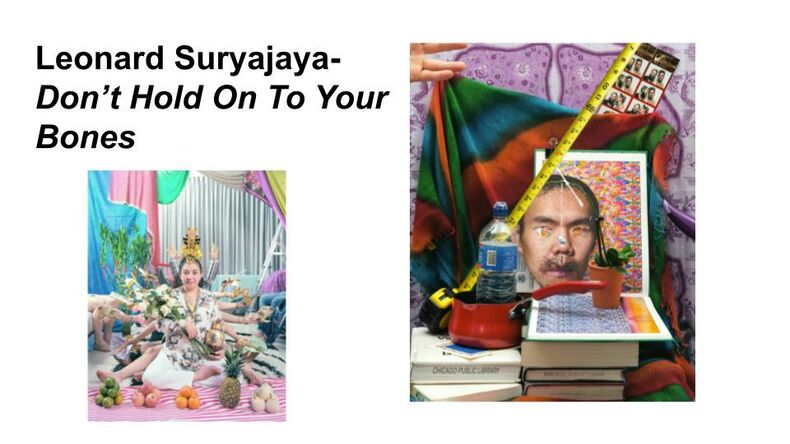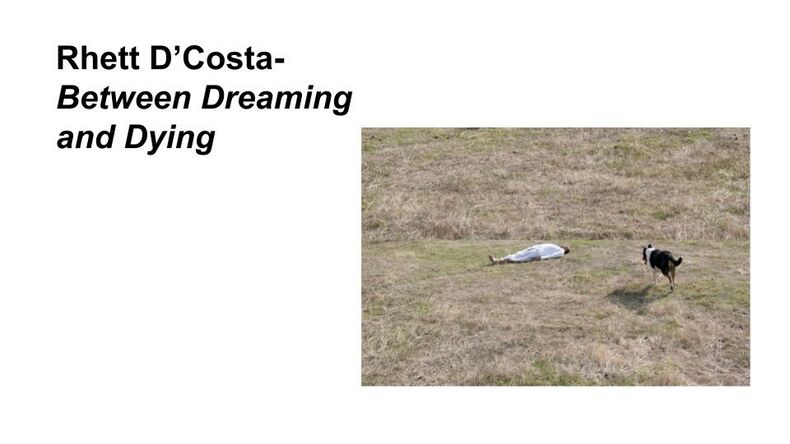So far we know that a self-portrait is an artistic rendering by a person, of themselves. However, a self-portrait really can be and mean a lot of things. The beauty of self-portraiture is its personal nature, its ability to visually communicate the position of a person through a reflection of themselves.
Identity, “in its simplest form is a definition of who you are” (Fearon 1). I like to view identity as something that is ever-changing and developing alongside a person. Although it is something that is self-definable, many wider factors help inform our identity. These include culture, nationality, religion, gender, and age (to name a few). It is important to know, understanding your identity wholeheartedly is not the task here. Through this project, you are aiming to explore and engage with elements of your identity. Using photography as a tool and self-portraiture as a means to get there.
About my Practice
I am Anjuli Selvadurai, an artist of mixed cultural heritage (half Sri Lankan Tamil half English) and a first-generation New Zealand woman. I have often felt fragmented in terms of my identity. A lot of mixed race, first-generation people can feel ostracised from both sides of their cultures, due to lack of cultural knowledge, language, and even aesthetics. I use self-portraiture as a device to explore and critique my relationship with my cultural identity and feelings of belonging. The series I will be focusing on in this discussion is my photographic textile series, Gita (2019). This series visualises performances of my personal identity in which I engage with notions of cultural belonging and reflections of personal identity.
By merging two cultures and selected artefacts I construct a new and dynamic identity.
Coming from a dual ethnic background situates my work within the realm of identity politics, exploring the contested nature of this duality. Visually existing between two worlds. This is something I wanted to be clear in my work, highlighting the relationship between wanting to be connected to your culture, contrasting with the desire to fit in with Western aesthetics. I wanted the feeling of contentment to be present, despite the highly aesthetic nature of the work.
